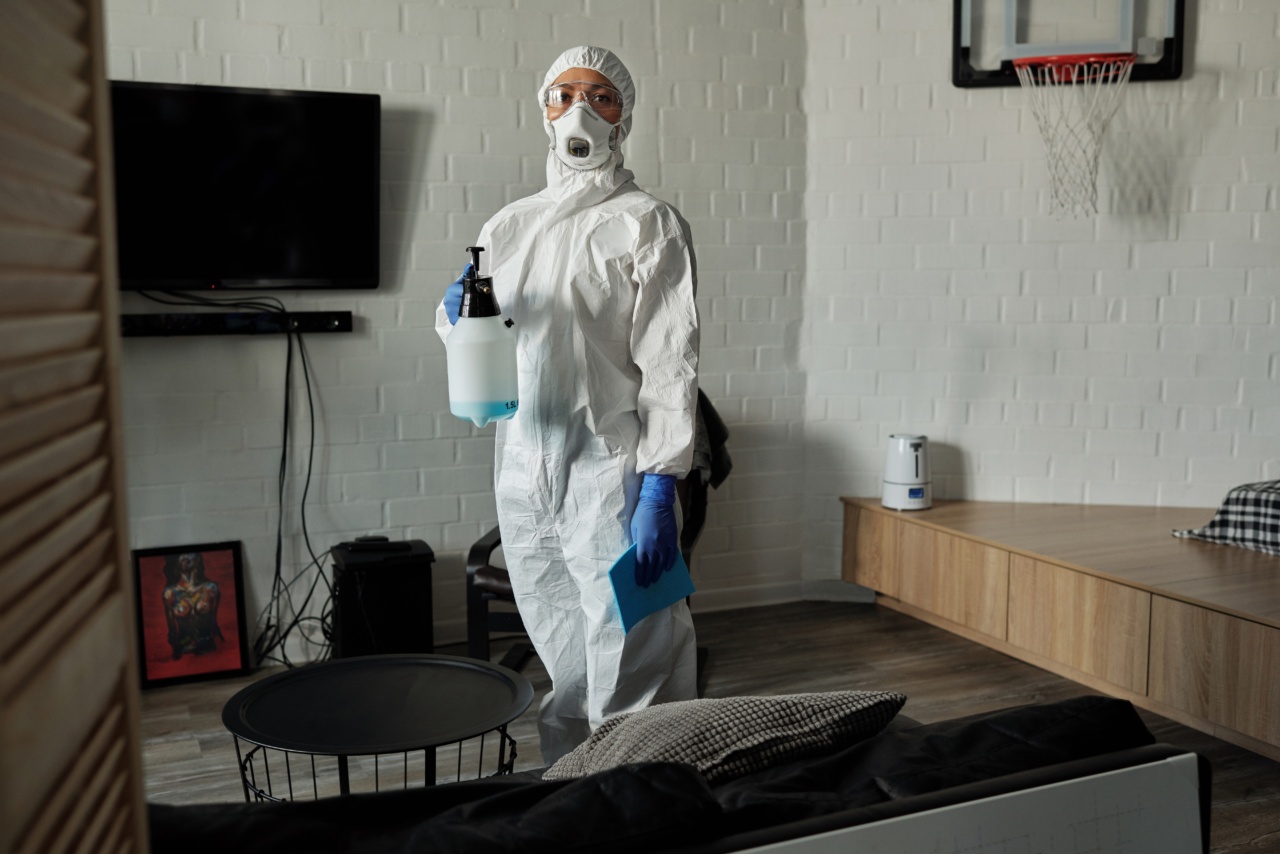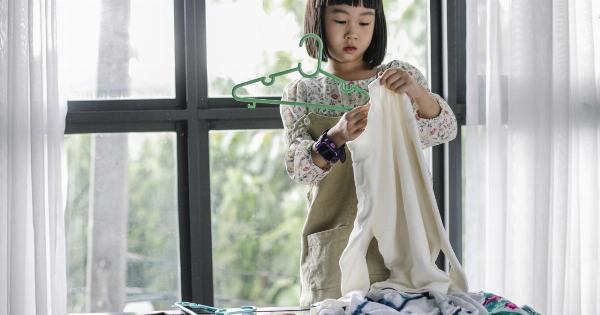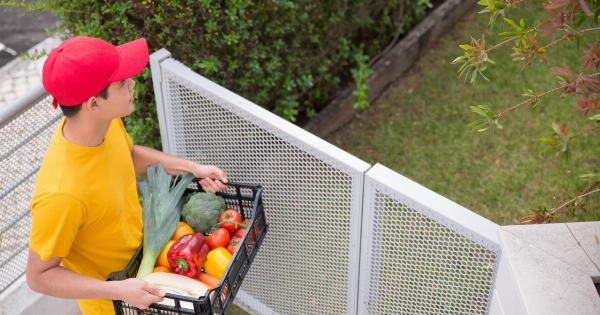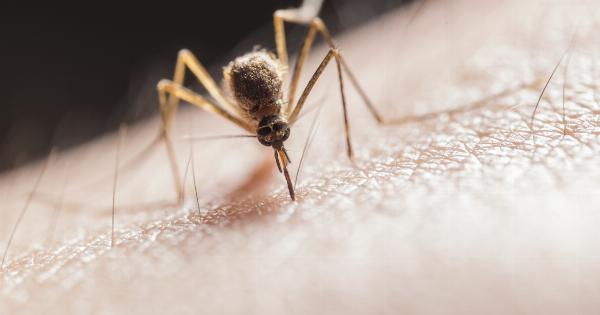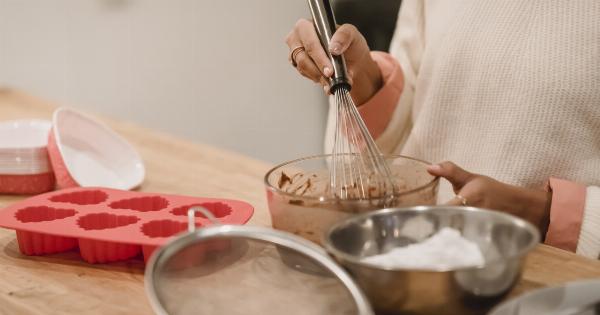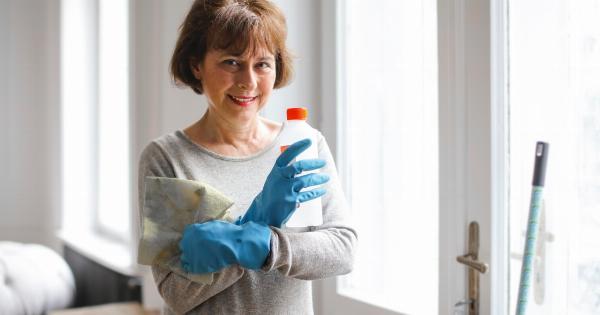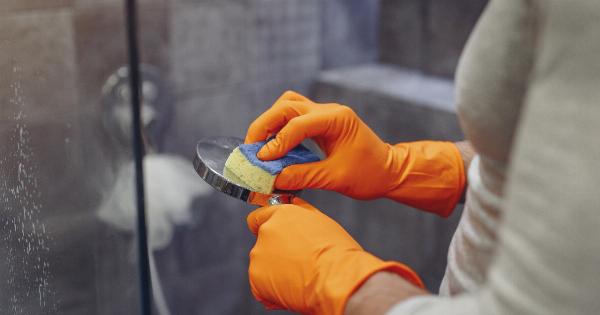In our fast-paced world, it’s easy to overlook the importance of our health. We are often preoccupied with work, family, and other daily responsibilities, leaving little time to give attention to our well-being.
However, there is one health hazard that is frequently ignored, and its consequences can be significant. We might be unknowingly exposing ourselves to this hazard every day, without even realizing it. In this article, we will shed light on this hidden danger and explore ways to mitigate its risks.
Understanding the Hazard
The health hazard that is commonly ignored is none other than indoor air pollution.
While many of us are aware of outdoor pollutants and their impact on our health, we tend to overlook the fact that our indoor environments can be equally if not more hazardous. According to the Environmental Protection Agency (EPA), the concentration of pollutants indoors can be two to five times higher than outdoor levels.
Indoor air pollution is caused by various factors, including inadequate ventilation, the use of harmful products, and the buildup of pollutants over time.
Common sources of indoor air pollution include volatile organic compounds (VOCs) emitted by paints, cleaning products, and furniture, as well as the release of chemicals from building materials, tobacco smoke, and biological contaminants like mold and dust mites.
The Danger Within
Exposure to indoor air pollutants can have serious consequences on our health. Short-term effects may include irritation of the eyes, nose, and throat, headaches, dizziness, and fatigue.
Prolonged exposure can lead to more severe health issues such as respiratory diseases, heart problems, and even certain forms of cancer. Unfortunately, these health risks are often overlooked or attributed to other causes, making it crucial to raise awareness about the dangers of indoor air pollution.
The Vulnerable Groups
While indoor air pollution is hazardous to everyone, certain groups are more vulnerable than others. Children, for instance, are particularly susceptible due to their developing organs and immune systems.
Exposure to indoor air pollutants can hinder their growth and cognitive development and increase the risk of developing asthma and allergies. Likewise, the elderly and individuals with pre-existing respiratory conditions are at a higher risk of experiencing severe health complications.
Preventing Indoor Air Pollution
Thankfully, there are several measures we can take to reduce indoor air pollution and safeguard our health:.
1. Improve Ventilation
Proper ventilation plays a crucial role in maintaining good indoor air quality. Opening windows and using exhaust fans in kitchens and bathrooms can help remove pollutants and bring in fresh air.
Additionally, periodic maintenance of HVAC systems is essential to ensure adequate air circulation.
2. Avoid Smoking Indoors
Tobacco smoke contains a multitude of harmful chemicals that can linger in our indoor environments. It is vital to establish a smoke-free zone within our homes and to discourage smoking indoors.
This measure not only protects us from exposure but also prevents second-hand smoke from affecting others.
3. Choose Natural Cleaning Products
Many household cleaners contain chemicals that release harmful VOCs into the air. Opting for natural, eco-friendly cleaning products can significantly reduce indoor air pollution.
Simple ingredients like vinegar, baking soda, and lemon can be effective alternatives to commercial cleaning agents.
4. Control Humidity and Prevent Mold
Mold and mildew can release spores into the air, causing respiratory problems and allergies. Keeping indoor humidity levels below 50% can help prevent mold growth.
Fixing plumbing leaks promptly and ensuring proper ventilation in areas prone to moisture, such as bathrooms and basements, can also mitigate the risk of mold and mildew formation.
5. Be Mindful of Building Materials
When renovating or decorating our homes, it’s crucial to choose building materials and products that emit minimal or no VOCs. Opt for low or zero VOC paints, adhesives, and sealants, as well as furniture made from natural or untreated materials.
This conscious decision-making can significantly reduce the release of harmful pollutants into our indoor environments.
6. Regularly Clean and Vacuum
Dust, pet dander, and other particles can accumulate over time and contribute to poor indoor air quality. Regular cleaning, including vacuuming with a HEPA filter, can help reduce the presence of these allergens.
Additionally, keeping our pets groomed and ensuring good ventilation during cleaning activities can further minimize potential pollutants.
7. Test for Radon
Radon is a naturally occurring radioactive gas that can seep into homes from the ground, posing a significant health risk. Test kits are readily available to assess radon levels, and professional remediation services can address any issues found.
Testing for radon is especially crucial in areas with high radon levels.
Acknowledging the Risks
The health hazard of indoor air pollution is not one to be taken lightly. By acknowledging its risks, we can prioritize our well-being and take proactive steps to reduce exposure to harmful pollutants.
Simple actions like improving ventilation, choosing natural cleaning products, and controlling humidity can significantly improve indoor air quality and protect ourselves and our loved ones.
